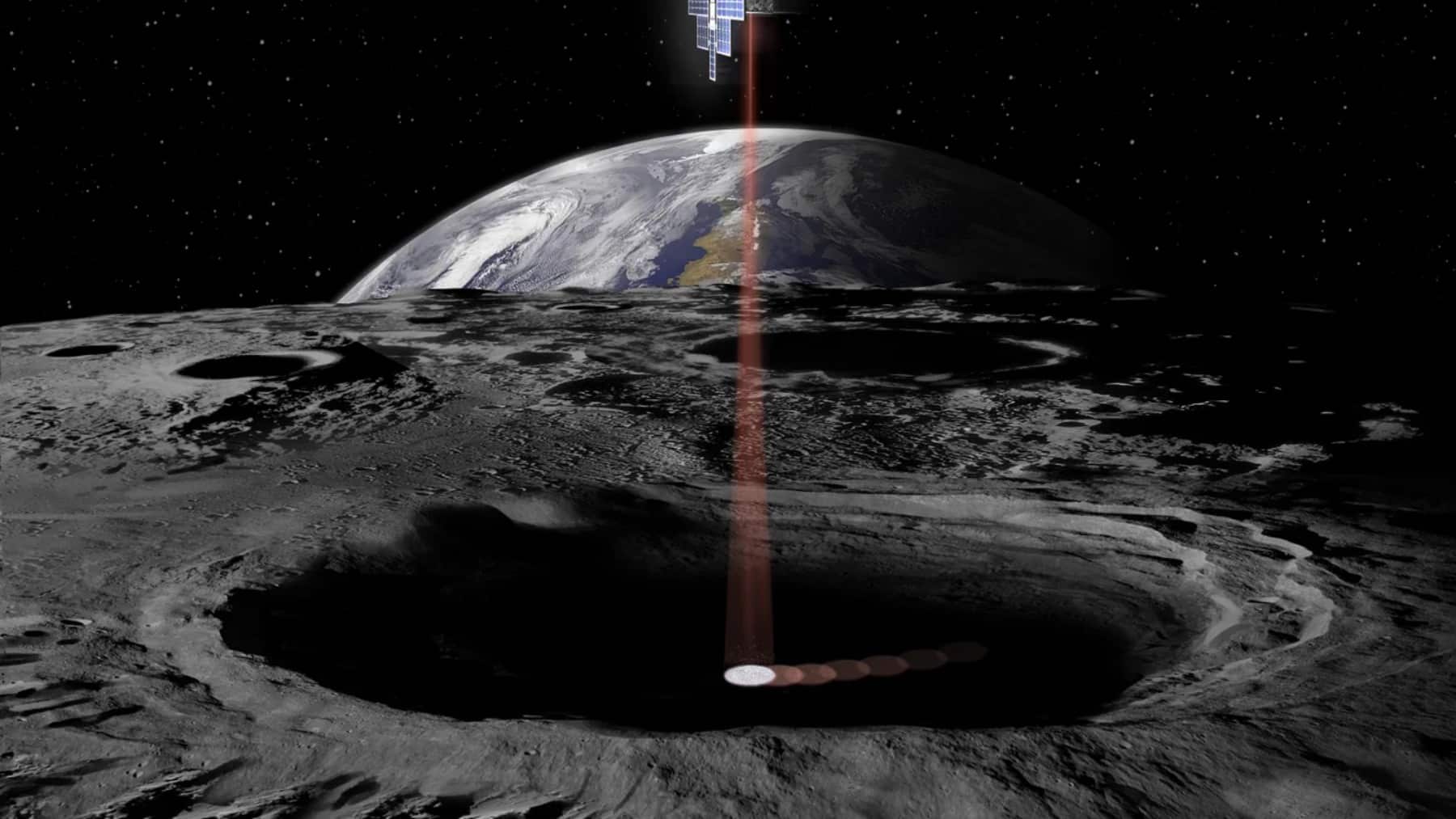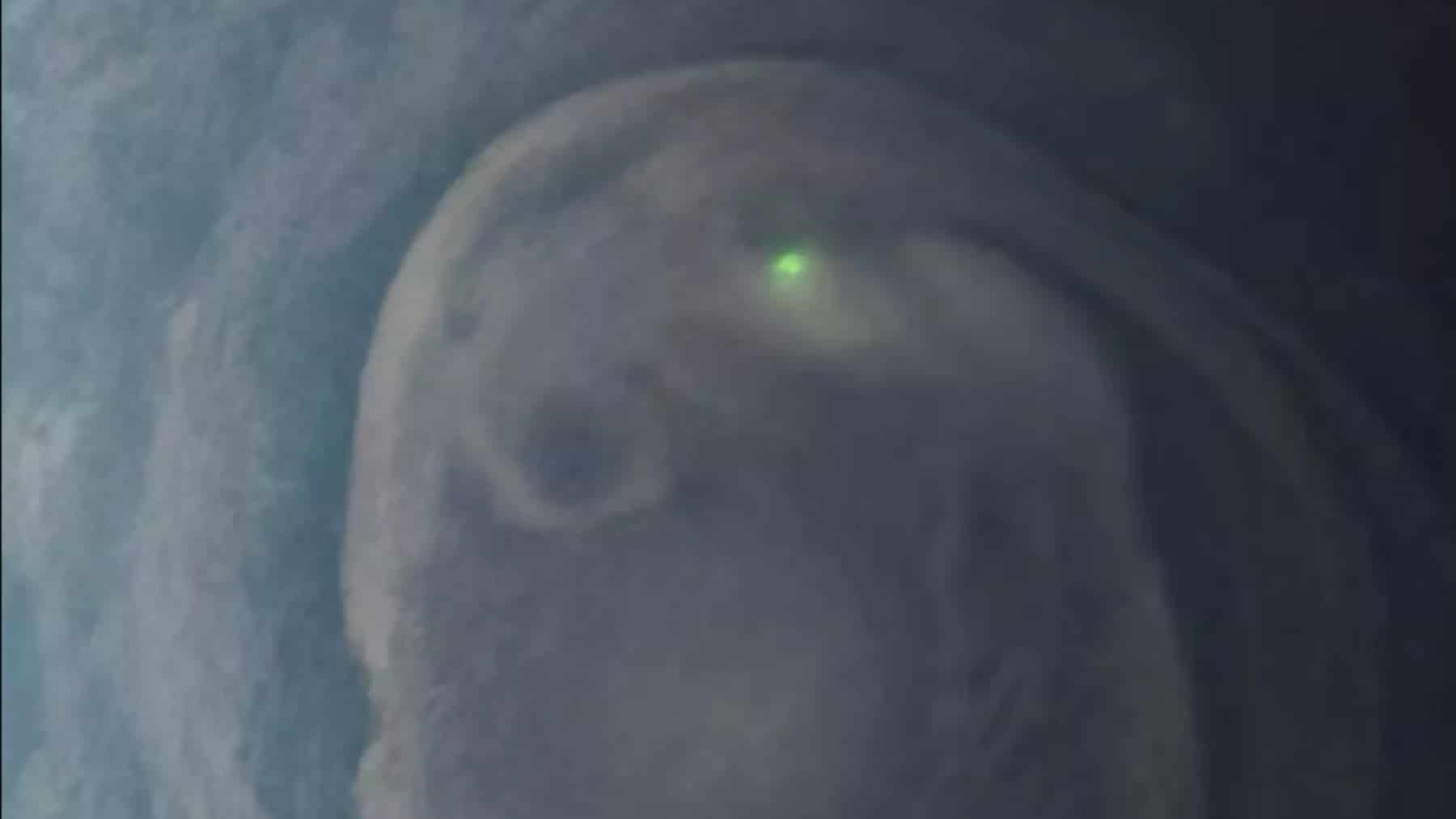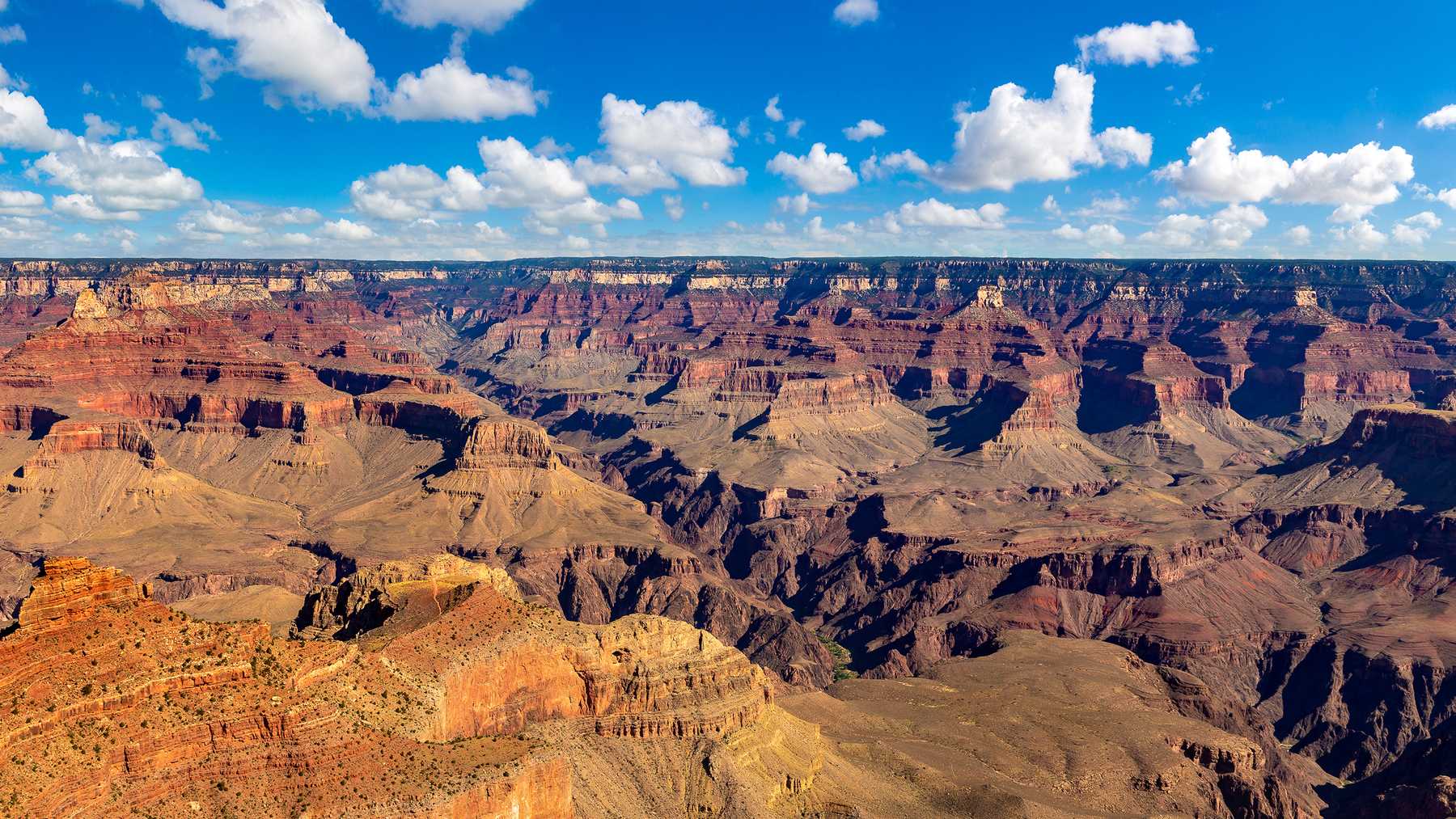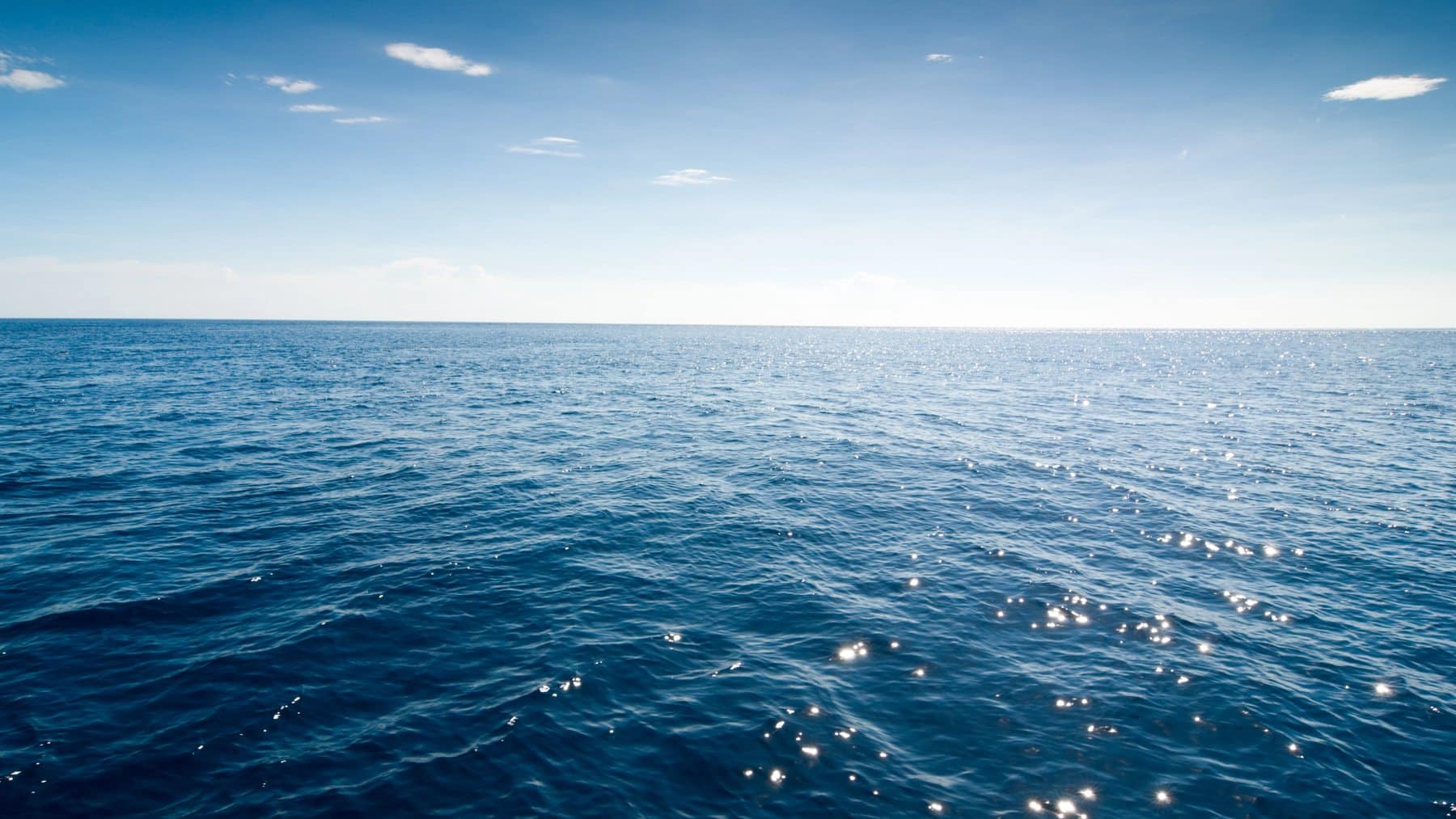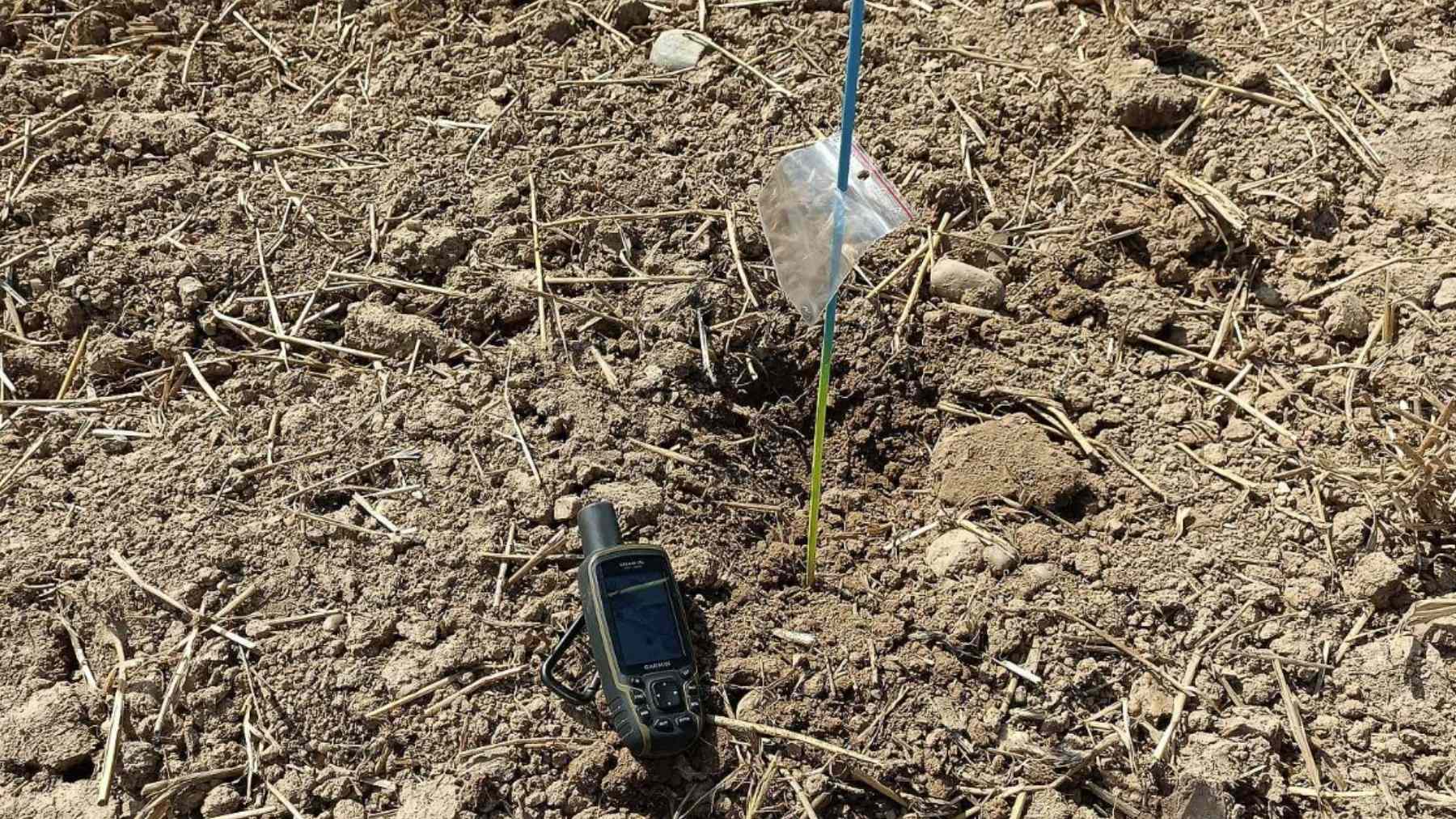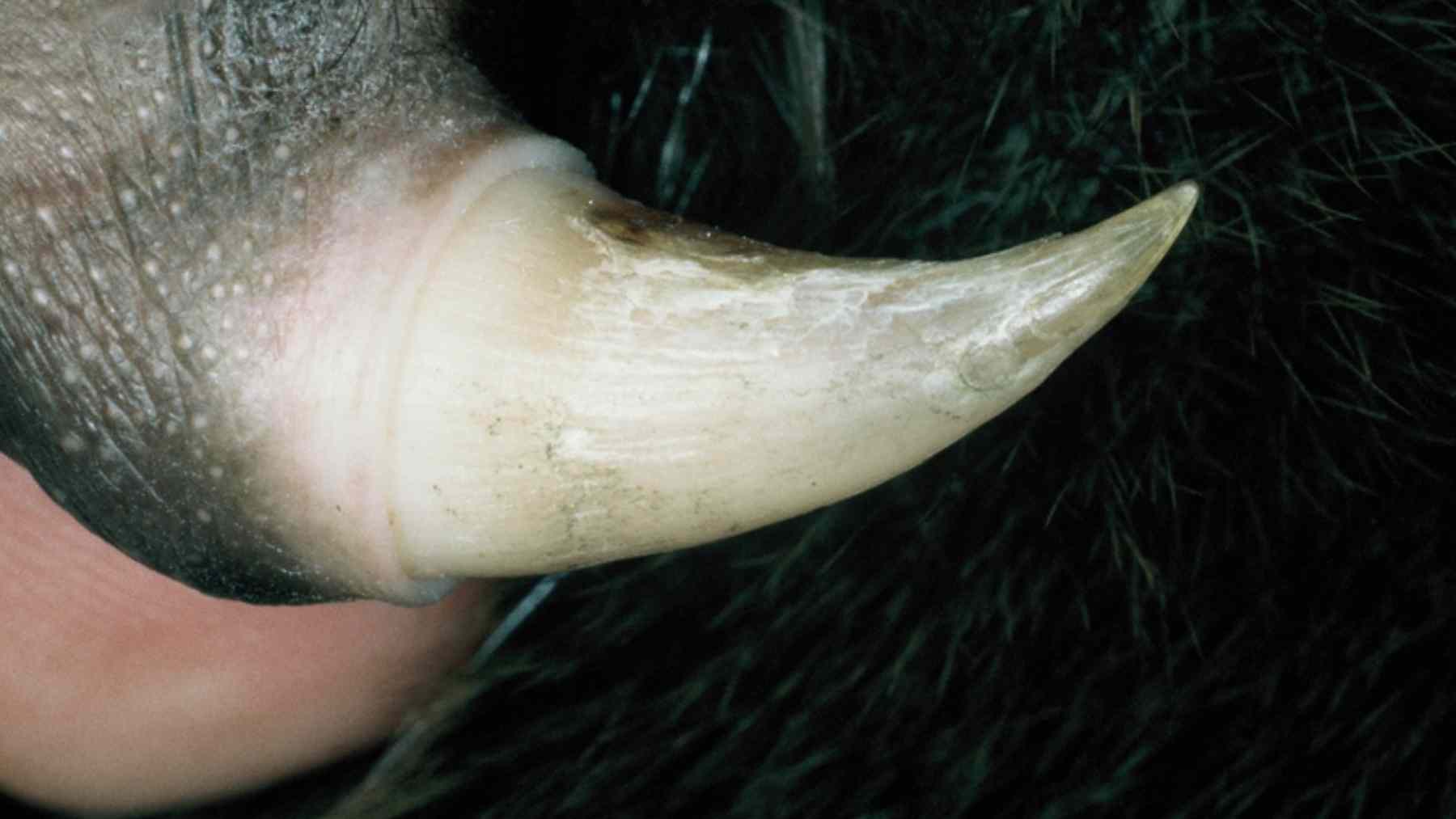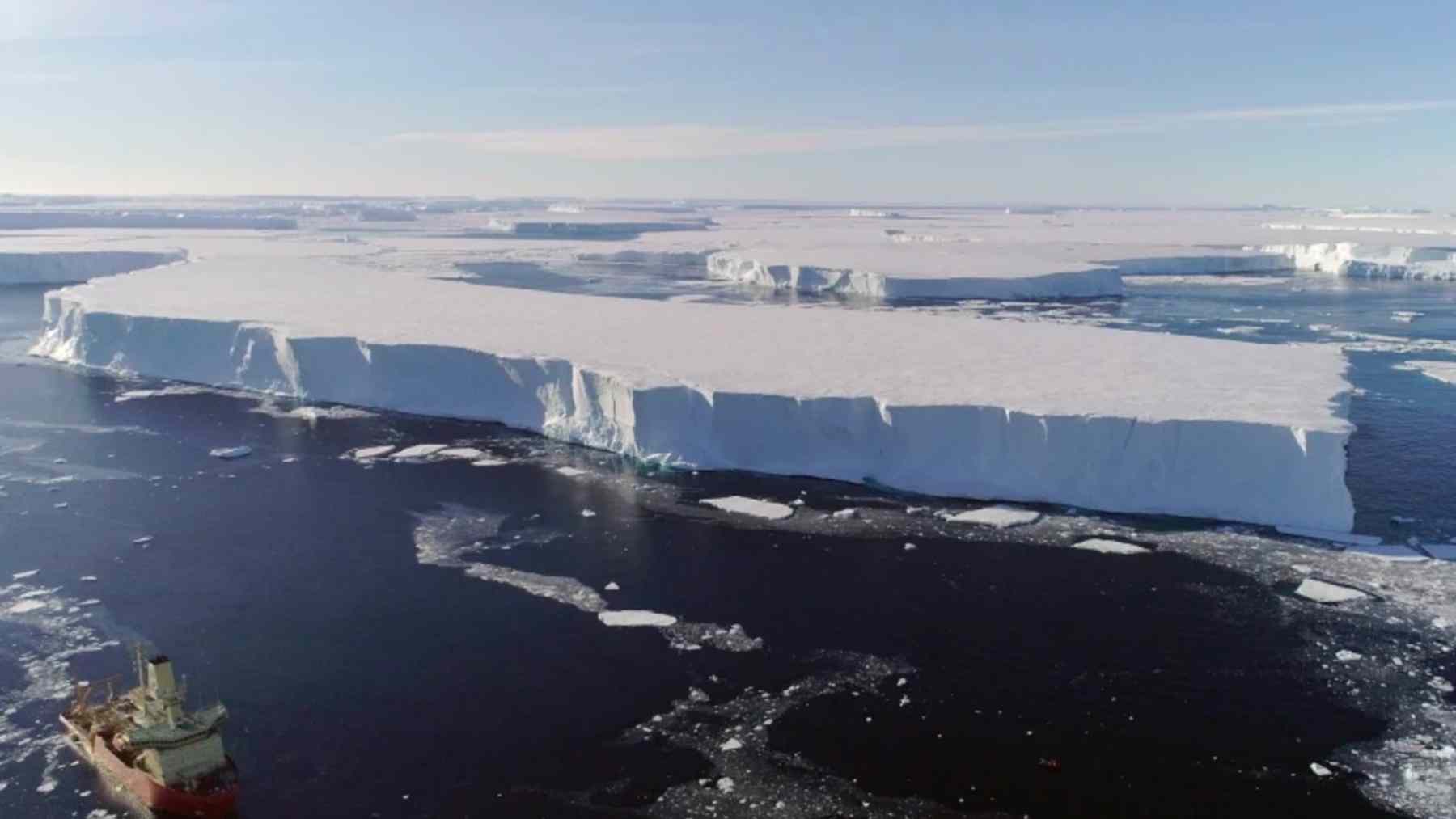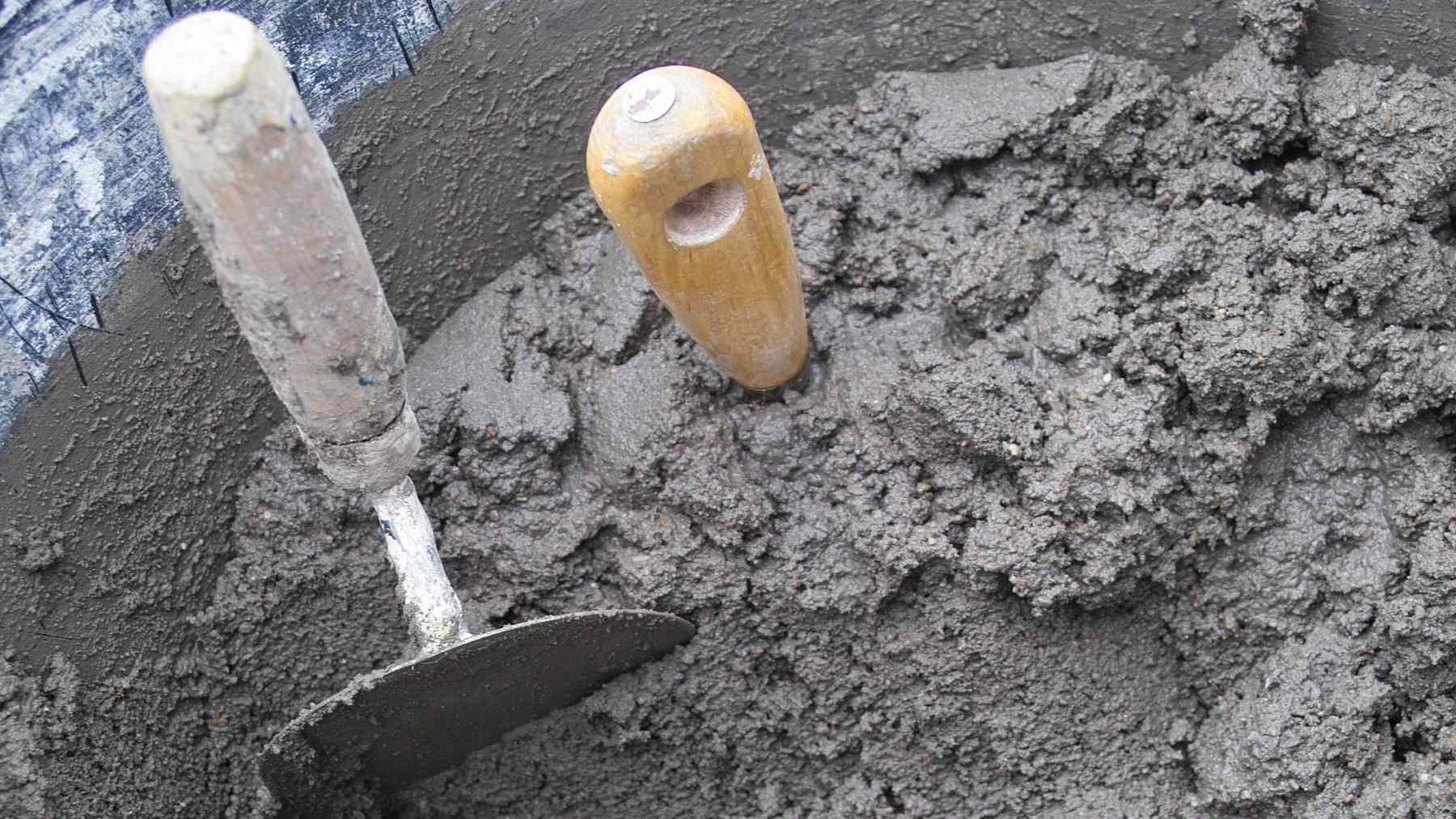Every day that passes, we are getting closer to knowing and understanding more about the moon. This most recent discovery by researchers in China has revealed an ocean on the Moon’s far side. Does this mean that there is a lot of water, marine life, and everything else there? Not exactly…
What China went looking for and found on the dark side of the moon
Before talking about this discovery itself, we need to understand how it was achieved. In 2024, a team of geologists from the Chinese Academy of Geological Sciences, the Space Science Institute, and the Shandong Institute of Geological Sciences in China launched the Chang’e-6 mission.
What did this mission aim to do? Well, they sent a spacecraft to transport a lander to the surface of the far side of the Moon, that is, they wanted to collect samples from this part of the Moon and bring them back to Earth. As you can imagine, they were successful and managed to bring back two grams of soil for testing.
The goal was always to investigate this soil in more depth and test an old theory that the moon’s soil, at the beginning of its formation, was covered by an immense ocean. Not an ocean of water, but an ocean of magma.
No water, just an immense amount of magma
What Chinese scientists discovered through this mission was curious and revealing: first, the rock fragments found on the far side are mostly basalt, which is basically the same type of volcanic rock identified in previous samples from the visible side of the Moon.
In addition, they also analyzed the isotopes present, which, translated into not-so-technical terms, means that the variant forms of elements such as uranium and lead presented similar proportions, in addition to the estimated ages of formation also coinciding.
What does this mean? Well, with these discoveries, they were able to reinforce the hypothesis of lunar geology: the magma ocean. This hypothesis proposes that after a large impact (which we cannot say which, perhaps the one that formed the Moon itself), the heat generated was so intense that it melted almost the entire surface of the newly formed satellite. Not stopping there, this magma ocean may have lasted for millions of years, until it began to cool and crystallize.
OK, but why is this discovery historic?
In addition to basically confirming the theory of the ocean on the Moon’s far side, more precisely the magma ocean, which is already historic in itself… this milestone indicates that both sides of the Moon must have had this type of ocean, which means that the satellite’s formation processes were more homogeneous and planetary than we previously believed.
Before this discovery, we had been through many assumptions that said that the far side of the Moon could have formed under very different conditions. This is because large volcanic plains had not yet been found, which were already very visible on the visible side.
New insight has been gained about the geological history of the moon
It was then that the data from the Chang’e-6 mission came to show that the far side also underwent intense geological events. They also state that the impact that formed the SPA basin, one of the largest craters in the solar system, may have changed the properties of the mantle in that region, which would not erase the signs of the magma ocean.
Well, anyone who doesn’t think the Moon is full of surprises is very wrong. Of course, there is still a long way to go before we can unravel all the mysteries of the Moon’s origin, but the Chang’e-6 mission has certainly brought some great news, which is already impacting old theories and models.
Now, what no one was expecting is that we may have to say goodbye to the Moon soon, all because NASA has detected a terrible phenomenon that will suddenly affect it in 2032.
